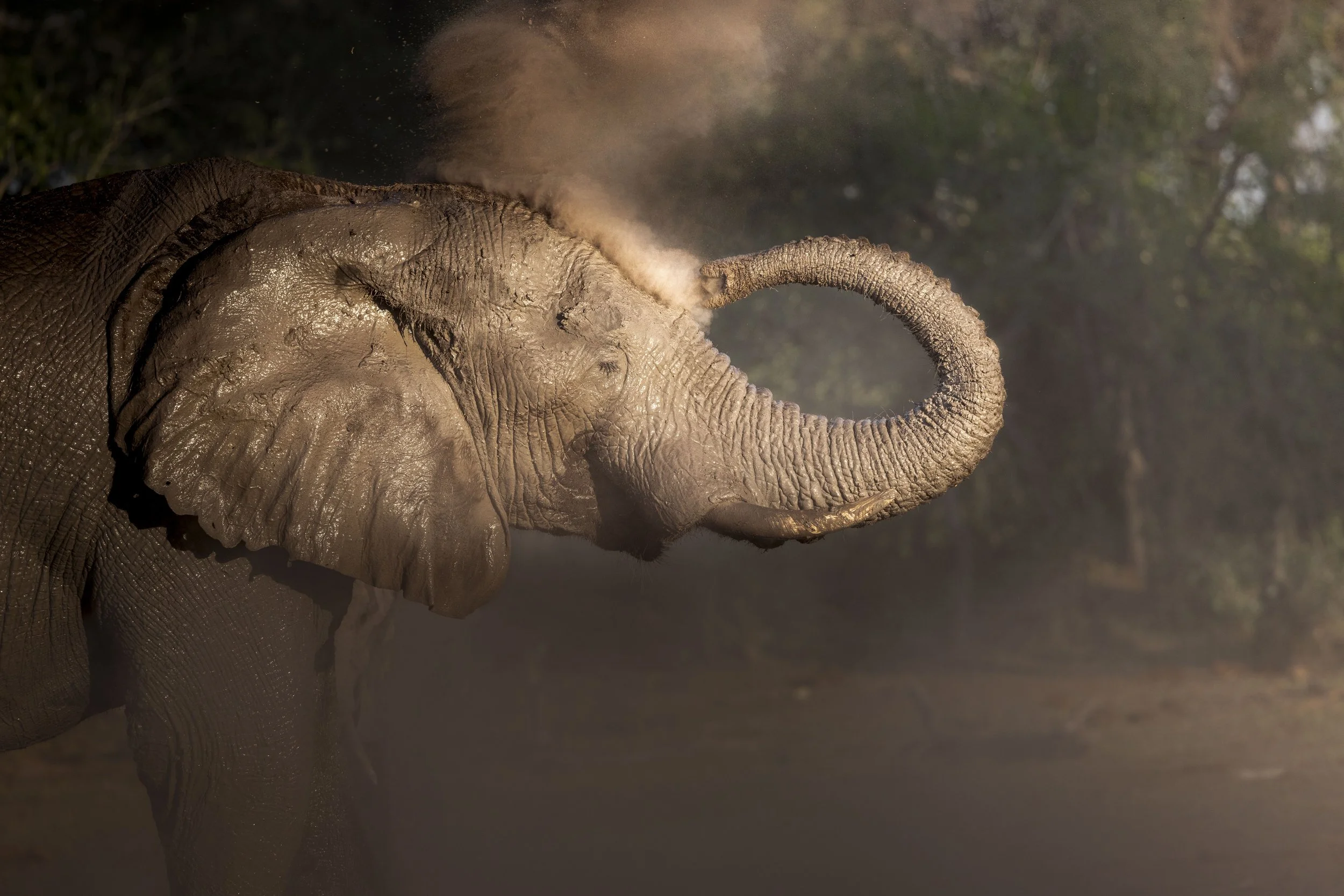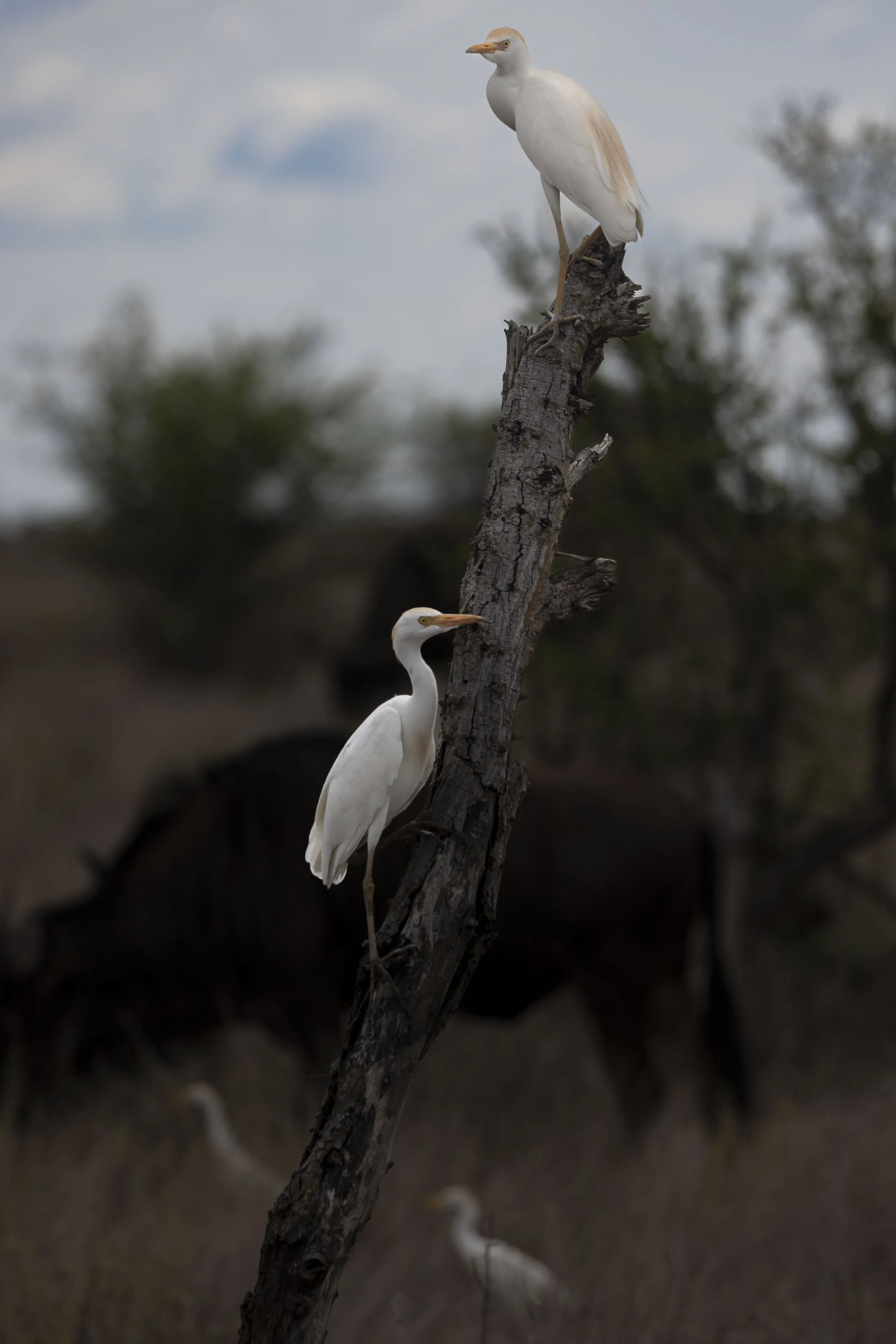The Art of Patience: Capturing Wildlife in Their Natural Habitat
Wildlife photography is a craft that demands more than just technical skill; it requires patience, presence, and a deep respect for the natural world. Unlike staged or controlled environments, photographing animals in their natural habitat means surrendering to the unpredictability of the wild. Each moment is unique, and capturing it authentically often involves hours, sometimes days, of quiet observation and anticipation. In this blog post, I’ll share why patience is the true art behind wildlife photography, how it allows for deeper connections with the subject, and how the reward of waiting can lead to some of the most powerful, unforgettable images.
Why Patience is Key in Wildlife Photography
In wildlife photography, patience isn’t just a virtue—it’s a necessity. Animals follow their own rhythms, and capturing a truly special moment requires waiting for that rhythm to reveal itself. Unlike portrait photography or staged shoots, wildlife photography involves minimal control over your subject. Animals may move, rest, or disappear from view entirely. It’s up to the photographer to adapt, remain still, and wait for the right moment to unfold.
Patience allows photographers to become part of the environment. After hours of quiet observation, the land itself begins to come alive in ways that rushed approaches can’t capture. Birds chirp nearby, animals emerge from hiding spots, and subtle interactions unfold. This stillness gives photographers a deeper connection to the animals, resulting in images that capture not just a subject, but a glimpse of life that feels authentic. The reward? Photos that reflect the true essence of the animal in its natural setting, moments that can’t be planned or recreated.
Observing and Understanding Animal Behavior
Observing and understanding animal behavior is a cornerstone of wildlife photography. Every species has unique habits, communication signals, and movement patterns that, when recognized, can transform an ordinary photo into a storytelling moment. For example, learning that certain birds fluff their feathers before flight or that big cats often stretch after waking up helps photographers anticipate actions and prepare to capture these behaviors as they happen.
Developing an understanding of these behaviors also fosters respect for the animal’s space and needs. By observing quietly from a distance, photographers can sense when an animal feels comfortable or when it may be feeling stressed or threatened. This knowledge allows photographers to capture natural behavior without intruding or influencing the scene. The result is photography that feels spontaneous yet intimate, offering a window into the animal’s world that viewers can sense is genuine and unforced.
Blending into the Environment
Wildlife photography isn’t about being seen; it’s about being invisible. Staying quiet, moving slowly, and blending into the surroundings allow animals to behave naturally, unbothered by human interference. This approach results in photographs that feel genuine, capturing the essence of the animal in its true habitat. Positioning and patience are key, whether waiting hours for the perfect light or silently observing from a distance.
The Reward of the Wait: Capturing Authentic Moments
One of the greatest rewards in wildlife photography is the moment when patience finally pays off, and you capture something truly extraordinary. This isn’t just about taking a great photo; it’s about witnessing a moment that feels intimate, genuine, and fleeting. After hours or even days of observation, when everything aligns just right, you’re rewarded with an image that tells a deeper story—one that conveys the animal’s spirit, behavior, and connection to its environment. These moments are rare, and that’s part of what makes them so powerful.
Wildlife doesn’t perform on cue. A leopard might spend hours hidden in the brush, a bird might sit quietly before finally taking flight, and a lion pride could lounge lazily in the shade for most of the day. Waiting through these quiet moments, camera ready, heightens your senses, tuning you into every subtle shift in the landscape. Eventually, you begin to notice the signs that something might happen—the way a bird fluffs its feathers before flying, a ripple in the water signaling an animal’s approach, or the gentle stir of a sleeping lion preparing to stretch and wake.
Then, just as you begin to feel that the moment may never come, everything changes. The lioness rises and begins to call her cubs, an elephant approaches a waterhole and interacts with the herd, or a group of zebras lines up against the fading sunlight. In these seconds, all of your patience, planning, and presence pay off. Your finger presses the shutter, capturing a moment that feels not only visually stunning but also meaningful—an image that tells a story far richer than a staged photo ever could.
Embracing Patience as Part of the Journey
Wildlife photography isn’t just about the images—it’s about the journey. The patience, the quiet observation, and the willingness to wait create experiences that are as rewarding as the photographs themselves. Whether you’re an aspiring photographer or a nature enthusiast, embracing patience in the wild offers moments of connection that go far beyond the camera lens.
Ready to experience the beauty of patience in the wild? Join me on a guided safari or explore my latest wildlife photography collection.




